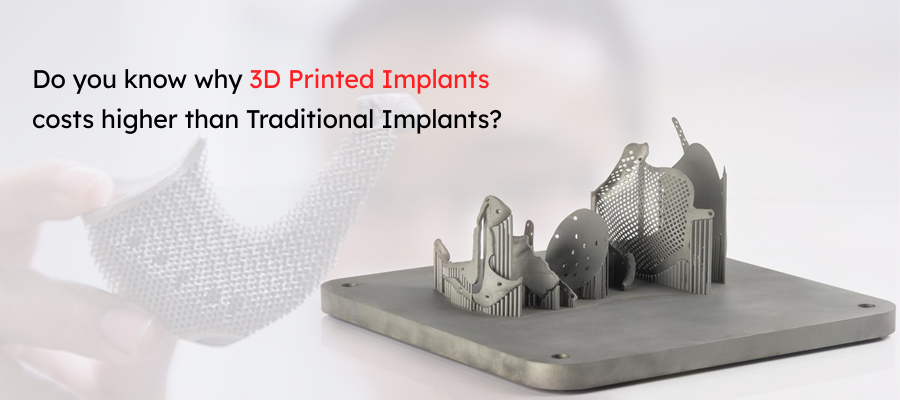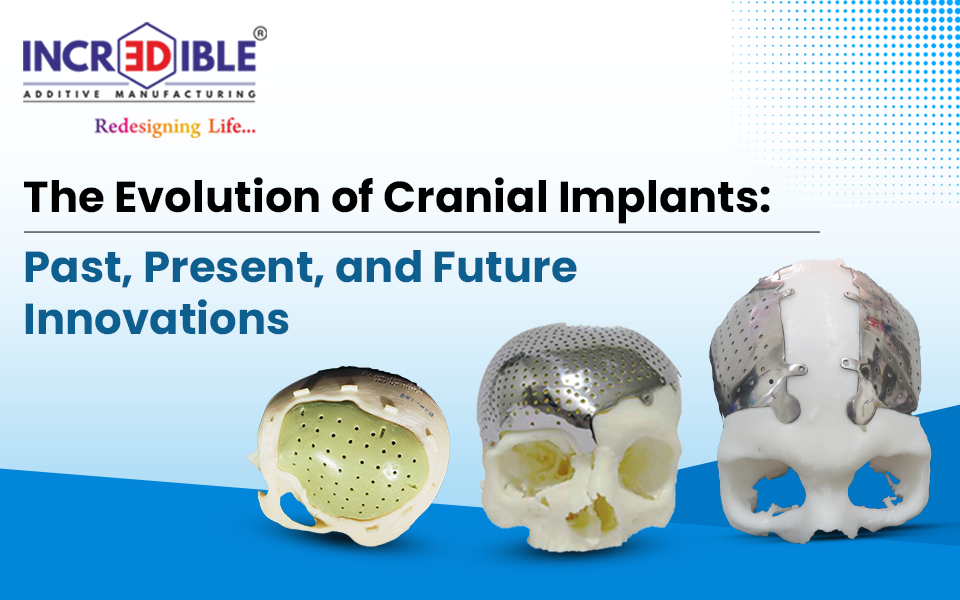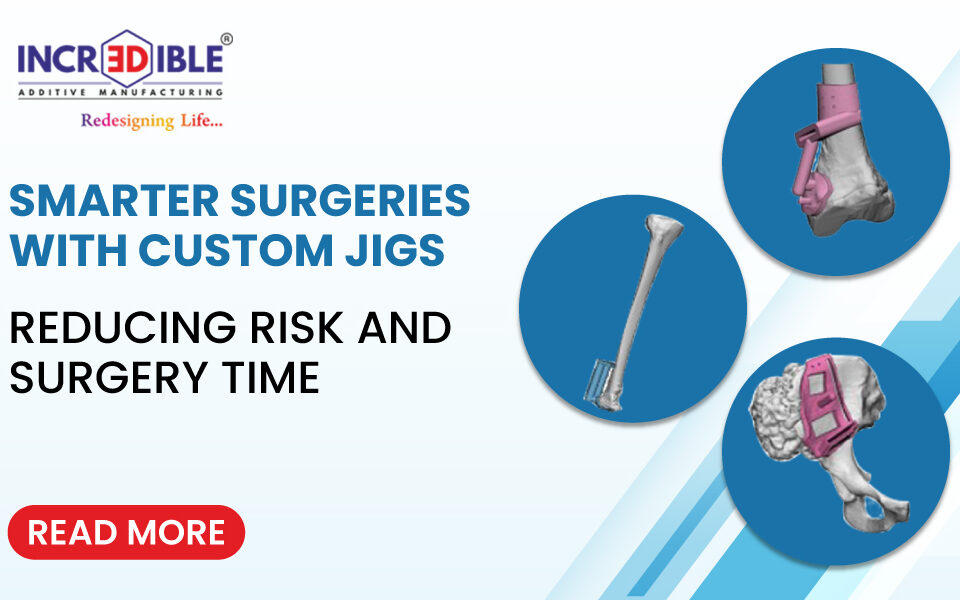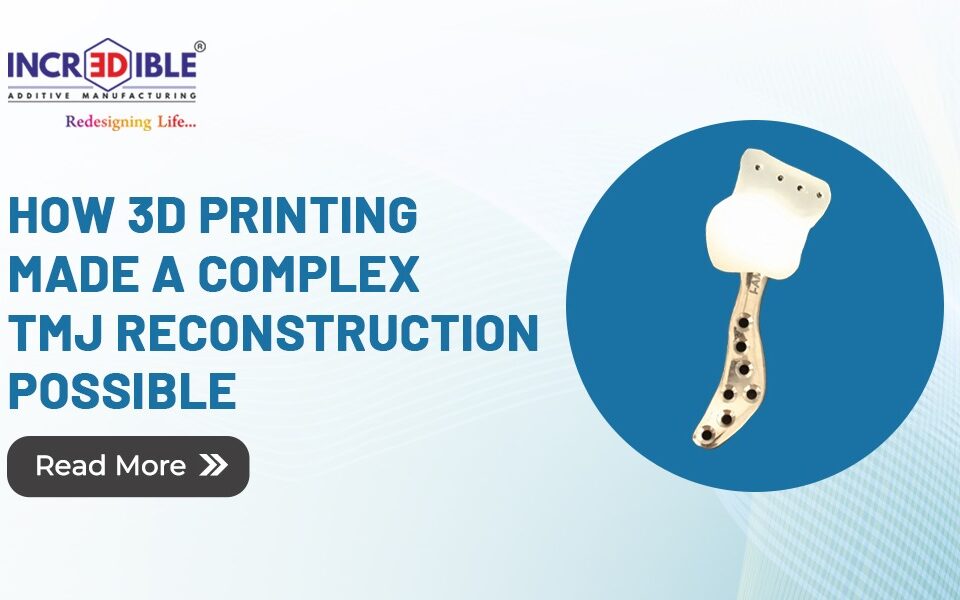Prices of 3D Printed Implants are higher than Traditional Implants
3D printed medical parts are slowly taking over as the preferred choice by healthcare professionals for implants and replacement joints and bones. Surgeons are set to use thousands of cranial implants, hip replacements, ankles, spinal parts, and knees in the coming years. With so many advantages of 3D printed implants, it is soon going to be accepted by a large number of organizations.
No doubt, 3D printed implants are making the surgeries more efficient, faster recovery and the patient’s quality of life significantly better but all of this comes at a huge cost. As compared to traditional implants, 3D printing makes use of various resources and expensive machines which makes it highly advanced but a costly technology.
Let us discuss some of the factors which make prices of 3D printed implants higher than traditional implants:
1. Patient-specific
Patient-specific implants have numerous benefits for the surgeons as well as patients. They offer better anatomic fit, reduced operating time, and satisfying aesthetic results. Customized implants allow surgeons to reconstruct the defect in the best possible way along with time minimization for improving patient outcomes and well-being. However, this also increases the production cost as for each individual, the implant has to be designed and manufactured separately while traditional implants were of standard size and thus could be manufactured in big numbers in a single process.
2. Expensive softwares
There are a number of expensive 3D modeling software which are used in for making 3D printed implants. Using 3D modeling softwares is very helpful in simulations and for the interactive anatomy representations. They are also good tool to get a better visualization of a problem, both for doctors and patients. 3D Incredible uses FDA approved software such as Mimics, 3Matics, Magic, Quant AM, and NX – Siemens. There are other software also in the market such as Within Medical, 3DS Max, Ossa 3D, 3D-Doctor, etc. All these software are expensive and requires FDA approval before any healthcare organization could use them.
3. Complete testing, Quality Control & Assurance
In 3D printed medical implants, complete testing, quality control & assurance is of utmost importance. Even slight negligence in testing standard or quality can put the lives of patients in danger. There are a number of tests such as tensile testing, bioburden test, chemical analysis test, density measurement test, stability test, and biological evaluation test which needs to be conducted on medical implants before they reach to doctor. Thus, for every 3D printed implant, there are no. of tests that need to be conducted separately which increases the overall cost of production.
4. Imported powders
For Metal 3D printing, highly advanced biocompatible metal powder are used which provides superior surface geometry and increases the survival rate of implants and prosthetics over traditional ones. However, the biocompatible powders used in the printing materials are quite expensive as compared to conventional materials and as they are imported from Europe, they incur additional costs.
5. Huge capital investment and running cost
3D printing machines such as Renishaw AM 400, Sindoh 3DWOX 1, CraftUnique Craftbot PLUS, etc. are very costly and require a huge capital investment. Since most of the 3d printed implants cannot be produced on a mass level, it increases the run time of machines, which eventually increases the running cost of infrastructure. Apart from this, the 3D printer requires high maintenance and needs highly trained specialized people to run it.
Conclusion:
All the factors discussed above leads to higher costs of 3D printed implants as compared to traditional implants, although you cannot ignore the multiple advantages and quality they provide. Also, in the coming time, as the technology will advance and gain wider accessibility, the unit costs are expected to come down which will help the wider segment of people to gain the benefits of this advanced technology




